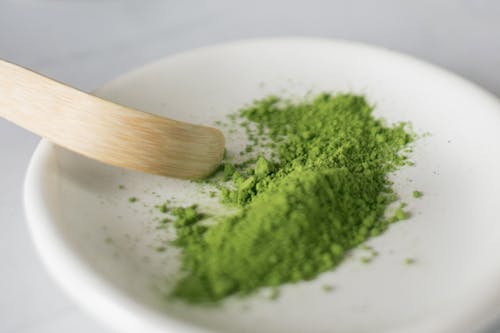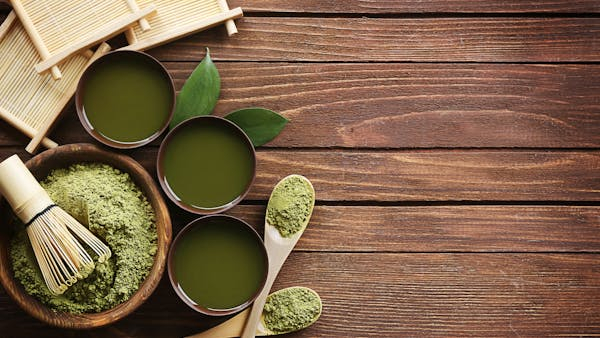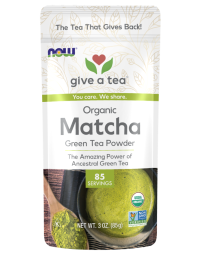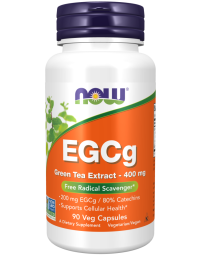Matcha and green tea are both celebrated for their numerous health benefits. Both matcha and green tea originate from the Camellia sinensis plant but undergo different processing methods, leading to distinct flavors, appearances, and nutritional profiles.
Matcha, a powdered green tea, originated in Japan and is made from shade-grown tea leaves, which are finely ground into a vibrant green powder. This powder is whisked into hot water, creating a frothy, invigorating drink.
Green tea, however, is a broader category made from Camellia sinensis leaves, including types such as sencha, gyokuro, and bancha. Unlike matcha, green tea is typically brewed by steeping whole leaves in hot water and then discarding them.
Matcha's history dates back to the 12th century in Japan, initially used by Buddhist monks for meditation. Over time, it became integral to Japanese tea ceremonies. Green tea has an even longer history, spanning thousands of years and consumed in many cultures worldwide.
The cultivation and manufacturing processes differ significantly between matcha and green tea. Matcha is grown in the shade for several weeks before harvest, increasing its chlorophyll content and giving it a vibrant green color. The leaves are hand-picked, steamed, dried, and ground into a fine powder. Green tea, grown in full sunlight, undergoes a different process involving withering, rolling, and drying the leaves.
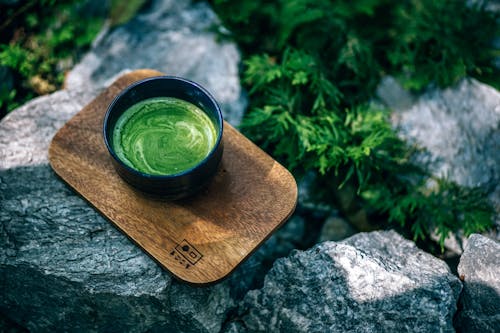

Nutritional Profiles
When comparing matcha and green tea, their nutritional content is an important consideration. Matcha is renowned for its high concentration of antioxidants, beneficial compounds that protect the body against oxidative stress and damage caused by free radicals. Matcha contains significantly more antioxidants than green tea, with the main antioxidant being epigallocatechin gallate (EGCG), linked to various health benefits.
One key difference between matcha and green tea is the caffeine level. Matcha generally contains more caffeine due to using whole tea leaves. However, the caffeine in matcha is released slowly into the bloodstream, providing a sustained energy boost rather than the quick spike and subsequent crash often associated with coffee.
Matcha is also a good source of vitamins and minerals, particularly rich in vitamin C, vitamin A, calcium, and potassium. These nutrients support immune function, promote healthy skin, and contribute to overall well-being.
Health Benefits of Matcha
Here are some key advantages of incorporating matcha into your daily routine:
Boosting Metabolism and Aiding in Weight Management: Matcha can aid in boosting metabolism. Its high concentration of catechins, a type of antioxidant, increases thermogenesis, the body's ability to burn calories. By incorporating matcha into your diet, you can support a healthy metabolism.
Enhancing Focus and Mental Clarity: Matcha contains L-theanine, a unique amino acid promoting relaxation and reducing stress. This amino acid works synergistically with caffeine to provide a sustained energy boost without the jitters commonly associated with coffee. Drinking matcha can enhance focus, support concentration, and aid in increased mental clarity.
Supporting Immune System and Overall Well-being: Matcha is packed with antioxidants, vitamins, and minerals supporting a strong immune system and overall well-being. It contains high levels of vitamin C, which strengthens the immune system. Additionally, matcha is rich in chlorophyll, a powerful detoxifier that aid in eliminating toxins from the body, promoting optimal health.
Incorporating matcha into your daily routine can provide a range of health benefits, from boosting metabolism and aiding in weight management to enhancing focus and mental clarity and supporting the immune system and overall well-being. Start enjoying the benefits of matcha by exploring our selection of high-quality matcha products.
